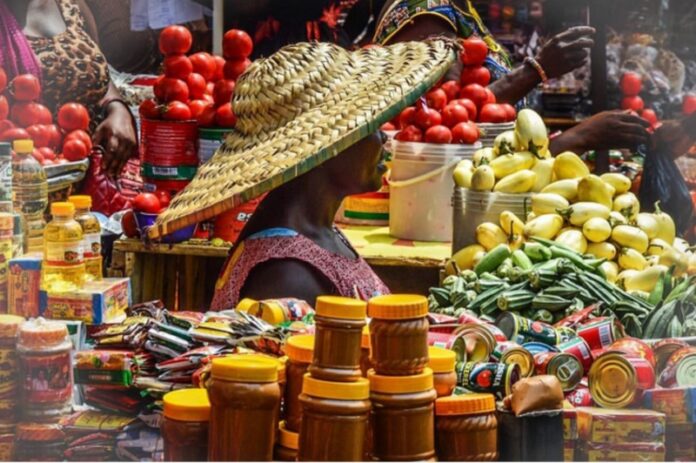The Ghana Statistical Service (GSS) launched its second Food Price Variability report on April 18, at the Accra Technical University (ATU), revealing significant differences in food prices across the country.
The report, which tracked prices for 10 food items from January 2023 to February 2024, found that the Western North Region emerged as the most expensive for consumers.
The food items tracked in cedis per kilogramme/litre were bread, beans, yam, noodles, cooking oil, tomato paste, milk, beef, iodated salt and imported rice.
Western North tops the charts
The report highlights the Western North Region as having the highest median prices for the chosen food items, ranking among the top 3 most expensive regions for six out of the ten.
This suggests that consumers in this region are likely paying more for their groceries compared to other parts of the country.
Interestingly, the study also reveals that price variations are more prominent within regions, rather than between them. This means that shopping around within your local area could lead to significant savings. Unsurprisingly, the report advises consumers to consider price differences between stores when making purchases.

Fresh produce leads price increases
The report further breaks down food price changes, indicating a steeper rise for unprocessed local food items like tomatoes, yam, and garden eggs.
This stands in contrast to processed local options like Ga kenkey, fried plantain with beans, and smoked herrings, which saw a more moderate increase.
The percentage change in prices of garden eggs was the highest (150 per cent) between February 2023 and February 2024. Raw local foods (garden eggs, fresh tomatoes – 104.1 percent, and yam – 66.7 percent) experienced the highest percentage changes in prices, while processed local foods (Fried plantain and beans – 50 percent, Herrings-smoked – 42.9 percent and Ga Kenkey with Fish – 7.1 percent) had a lower percentage change in prices between the two periods.
Imported items show greater price fluctuation
Another key takeaway focuses on imported food items experiencing more than double the price changes compared to locally produced ones.
Between February 2023 and February 2024, the average percentage change in prices of imported food items was more than twice (70.9 percent) the average percentage change in prices of local food (33.4 percent).
This highlights a potential benefit to consuming local produce when possible.
Standardized packaging for more stable prices
Finally, the report suggests that standardized packaging leads to less price variation across regions. This implies that goods with consistent measurements and labeling might offer more predictable pricing throughout the country.
Source | Graphic.com.gh




